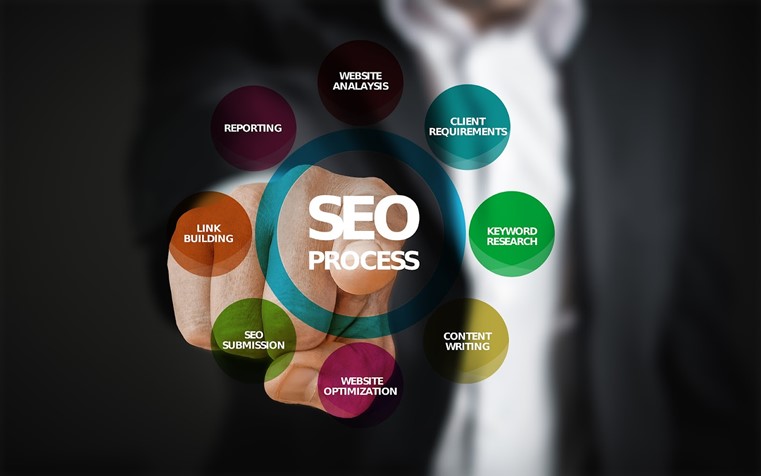

These changes include page speed as a factor, which means that slow websites will see a decline in Facebook impressions, and in turn a decline in visitors from that source. In August 2017, Facebook announced that it would roll out specific changes to the newsfeed algorithm for mobile devices. Social media outlets have begun factoring page speed in their algorithms as well. Additionally, Google is specifically factoring mobile speed for mobile searches as of July 2018. Search engines already use page speed in their ranking algorithms, bubbling faster sites to the top. And if your conversion is even indirectly linked to profits, you’re doubling your revenue.īeyond reduced conversion, slow load times create secondary effects that diminish your inbound traffic.

If you can get your site to load more quickly, you are potentially doubling your conversion. That may be tough to swallow, but it is as much a problem as it is an opportunity. That means if your site loads in 3.5 seconds, over half of your potential users are leaving (and most likely visiting a competitor). A recent study shows that 53% of mobile users abandon a site that takes more than 3 seconds to load. And in the mobile world that bounce rate may occur sooner than you think. In the data world, poor performance leads to an increased bounce rate. There are a variety of studies that directly link reduced load times to increased conversion and revenue, such as the now decade-old Amazon study that showed each 100ms of latency led to a 1% drop in sales. But it’s more than a qualitative assumption about user experience. In short, performance matters because users prefer faster websites. The benefits of performance optimization are well-documented. Read a related article → Why Performance Matters How would you design a responsive car configurator? How would you deal with accessibility, navigation, real-time previews, interaction and performance? Let’s figure it out.


 0 kommentar(er)
0 kommentar(er)
